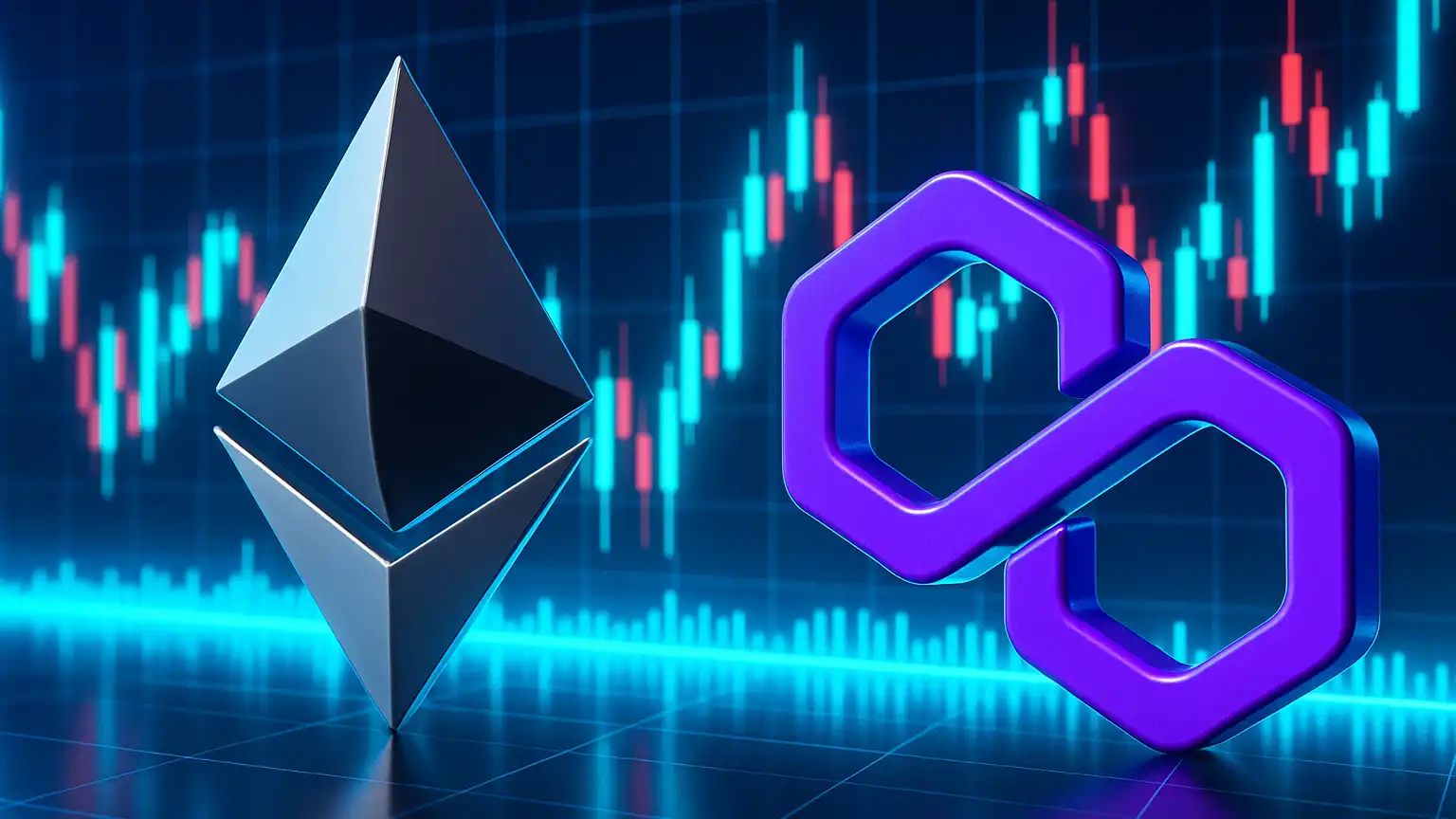The Dynamics of Ethereum and Polygon: A Growing Tension
The Intersection of Ethereum and Polygon
As the cryptocurrency world continues to expand and evolve, the internal dynamics within major blockchain projects have come under increasing scrutiny. Recently, a public exchange between Ethereum co-founder Vitalik Buterin and Polygon co-founder Sandeep Nailwal has spotlighted the complexities and tensions within these ecosystems. Despite their shared vision of blockchain advancement, the nuanced relationship between Ethereum and its Layer 2 solutions like Polygon reflects broader questions of governance, recognition, and community integration.
Buterin’s Recognition of Polygon
In a notable gesture, Buterin publicly acknowledged the contributions of Polygon. He described the project as more than just a financial application, recognizing its vital role in the Ethereum ecosystem. By highlighting Polygon’s work on Layer 2 solutions, Buterin reinforced the idea that scalability issues in Ethereum are being addressed successfully and that Polygon’s integration with Ethereum has bolstered the latter’s capabilities. Buterin’s comments were not just a pat on the back; they underscored a genuine appreciation for iteration and innovation within the Ethereum framework.
Nailwal’s Frustrations with Market Perception
Yet, Nailwal’s frustrations, as expressed in his candid reflections, paint a more complex picture. He discussed the pressures of categorizing Polygon accurately within the broader blockchain taxonomy, whether as a Layer 1 or Layer 2 solution. These categorizations carry weight in market perceptions and have implications for recognition and valuation. Nailwal expressed his sense of being caught between stakeholder expectations and Polygon’s technical and strategic realities, illustrating the challenge of navigating community discussions while maintaining a clear strategic direction for Polygon.
The Broader Implications for the Crypto Ecosystem
The dialogue between Buterin and Nailwal touches upon a critical issue in the crypto world: the balancing act between collective progress and individual project identity. While integration and interoperable solutions are key to driving blockchain adoption, the need for distinct identities and recognition remains just as crucial for project leaders and developers. The discourse prompted by Nailwal’s remarks and Buterin’s response highlights the ongoing need for open communication and mutual respect among leaders in the crypto space as they navigate shared objectives and individual ambitions.
Challenges in Ethereum’s Governance
The situation within Ethereum’s core development community reflects more significant governance challenges. A recent letter by Ethereum core developer Péter Szilágyi laid bare longstanding frustrations over governance structures and compensation within Ethereum. Szilágyi’s revelations of a perceived elite rule, coupled with the financial and motivational disincentives, bring to light inherent tensions within the network. These issues have prompted reflection on how Ethereum, despite its technological success, handles internal dynamics and contributor recognition.
The Rise of an Ethereum Elite
Szilágyi’s letter also addressed the emergence of what he referred to as an Ethereum “elite,” which he claimed holds concentrated power within the network. This shift has potentially alienated long-term contributors who feel sidelined due to governance and compensation disparities. The core developer expressed concerns over the direction in which Ethereum’s community dynamics are headed, posing serious questions for the future sustainability and inclusiveness of governance practices within Ethereum.
Financial and Professional Discontent
The issue of compensation was a particularly poignant aspect of Szilágyi’s comments. He argued that inadequate compensation has pushed skilled developers to seek opportunities outside Ethereum, thereby consolidating influence among high-profile insiders. Such conditions could stifle the diversity of thought and innovation, which have been essential to Ethereum’s success thus far. Szilágyi’s willingness to voice these issues suggests a need for Ethereum’s leadership to re-evaluate its structures to ensure healthy and sustainable growth.
Forging a Path Forward
The public exchanges and internal communications within Ethereum and its affiliated projects like Polygon demonstrate the complex interplay of technical innovation, market classification, and governance. For blockchain to achieve its revolutionary potential, addressing these internal challenges is crucial. Continuous dialogue, respectful recognition of project contributions, and balanced governance practices are essential to maintaining the community’s trust and engagement. As Ethereum and Polygon navigate these challenges, their experiences provide lessons not only for their own community but for the entire cryptocurrency ecosystem, which stands to benefit from transparent and effective collaborative practices.
Conclusion: Navigating Complexity with Collaboration
The discussions brought to the fore by Buterin, Nailwal, and Szilágyi signify the robust yet intricate nature of progression within the Ethereum ecosystem and beyond. Embracing the tensions that arise from integration and individuality might be crucial in charting a path forward. For Ethereum and its L2 solutions like Polygon, building on these dialogues could strengthen their foundational layers and advance blockchain technology as a whole, thus setting a precedent for future interactions and developments in the ever-evolving world of cryptocurrency.



